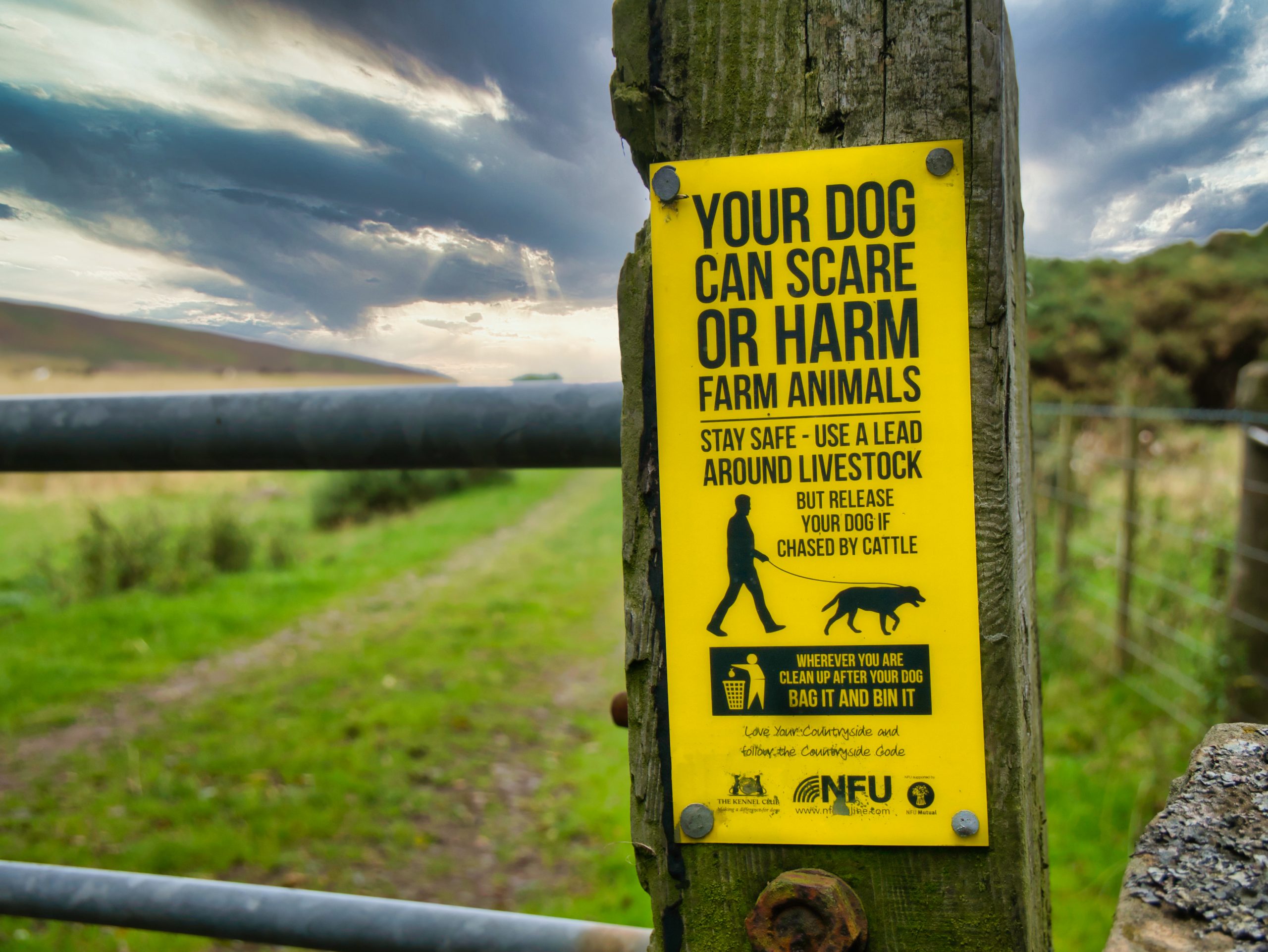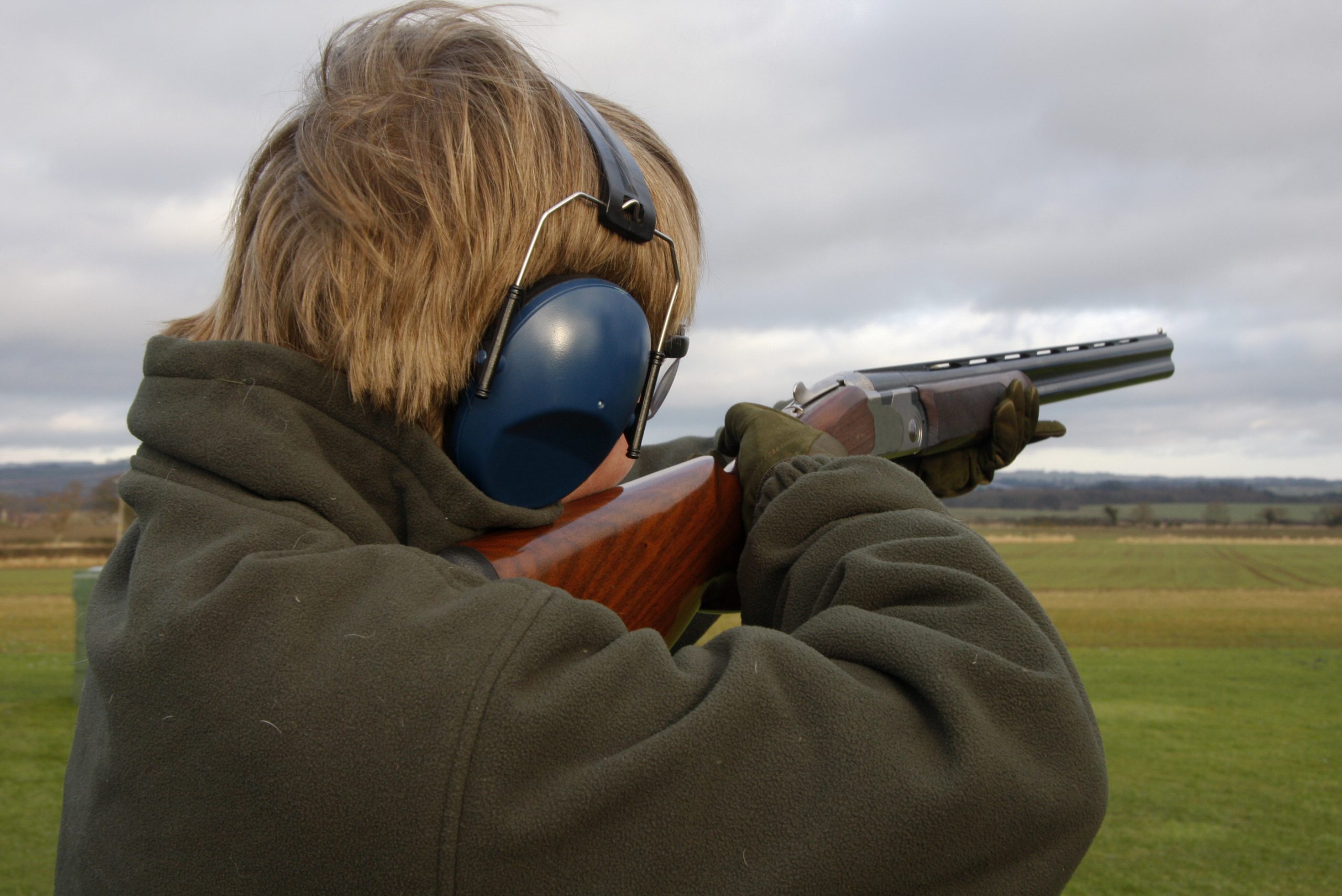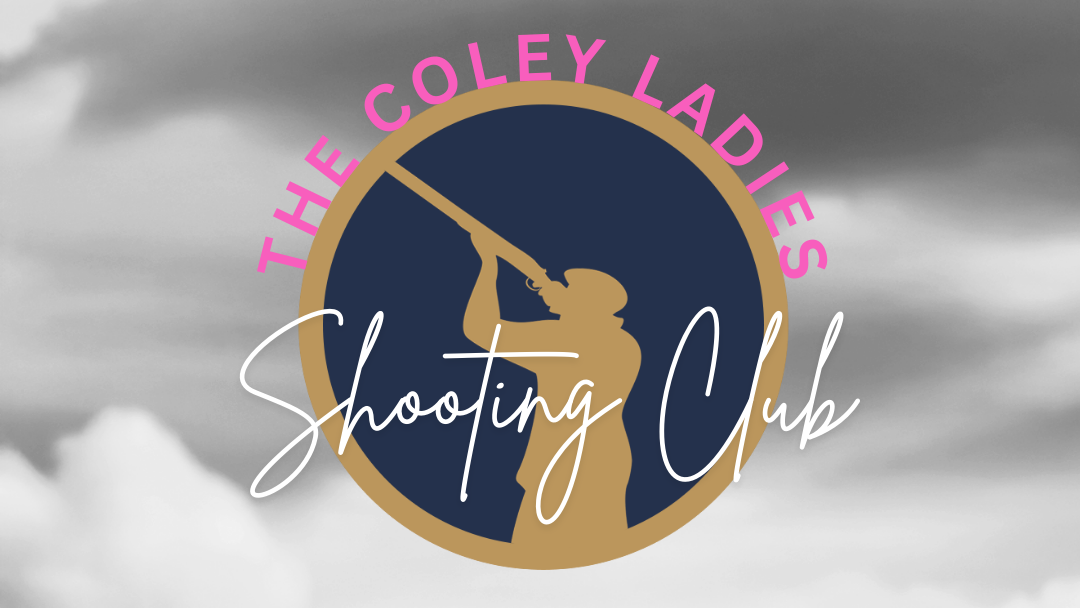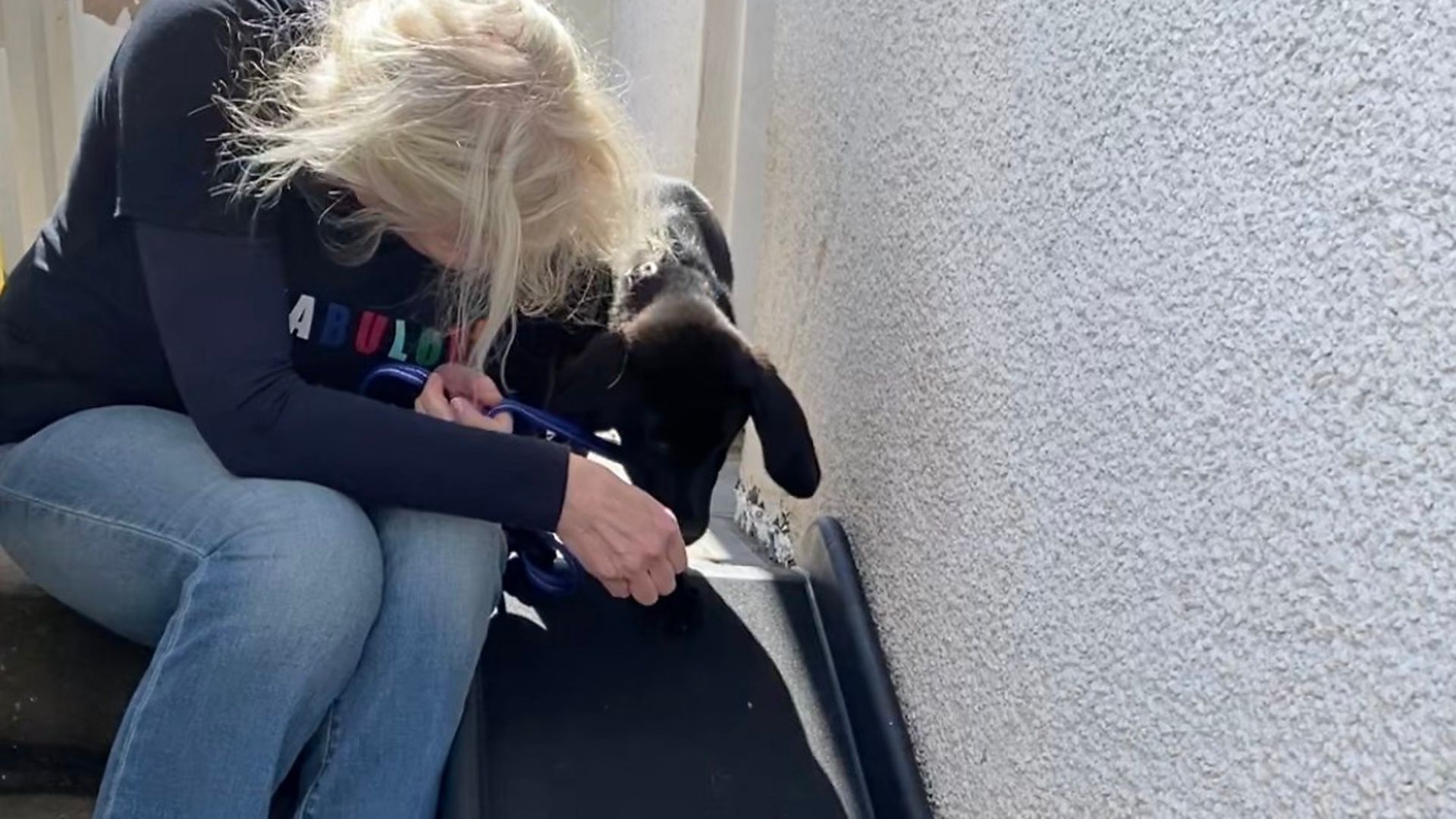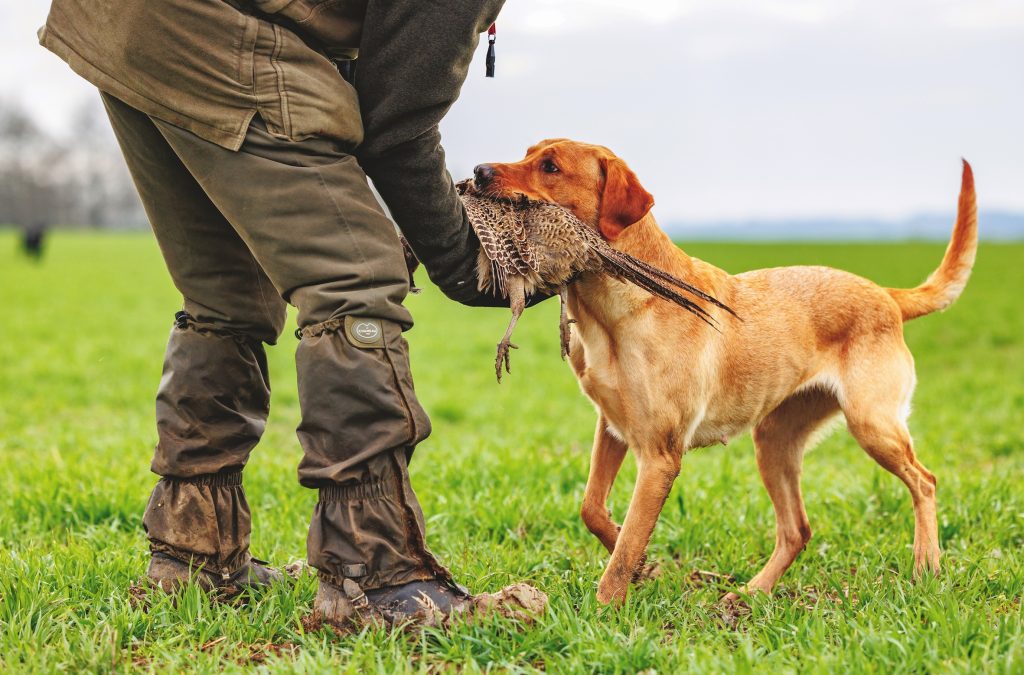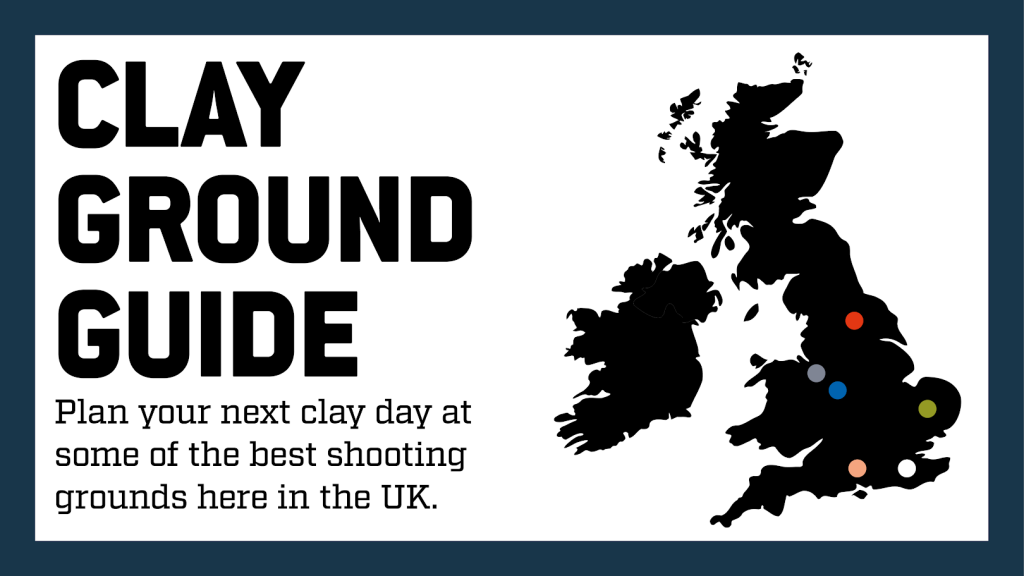Gundog joint health: protection and prevention
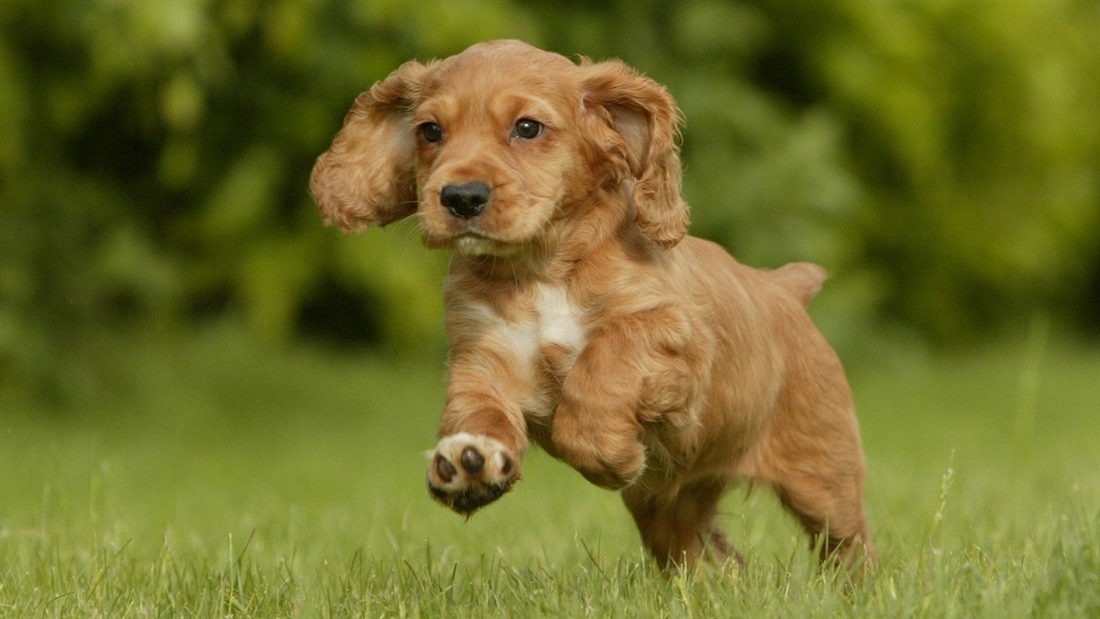
Selecting your puppy from health-tested parents is only part of the story when it comes to protecting its joints, argues Vicky Payne as she looks at the factors that put young dogs at risk
Whilst all gundog owners will agree that healthy joints are crucial in a working dog, there remains much debate about how much a dog’s genes influence their joints, plus the impact of the dog’s environment, diet and exercise.
Most people looking to buy a Labrador or other retriever for gundog work will chose one from hip-scored parents, yet I hear voices saying that the Kennel Club/BVA scheme isn’t improving hips. Some of this has to do with data collection; until relatively recently, the breed average was calculated from all dogs scored since the scheme began. One colleague calculated that all Labradors scored for 12 months would need to have 0:0 hips to change the average by 1 point!
However, we are now given the 5-year median and mean, and it is clear that the scores have improved over time. Studies suggest that 30-40% of the risk of developing hip dysplasia is inherited, but research also suggests that we should be breeding from dogs with scores much lower than the breed median or mean. For those of us with working dogs, we always need to strike the balance between selecting purely for the best hips and looking at the dog as a whole package of working ability, temperament and health.
Risk factors for joint problems in gundogs
If 30-40% of the risk of developing hip dysplasia is inherited, what are the other risks? Interestingly, the two biggest risk factors appear to be free exercise and stair climbing from birth to three months of age. Off-lead exercise on soft but rough ground reduces the risk of hip dysplasia, whilst climbing stairs increases it. Spring and summer litters have a lower risk, possibly as they are more likely to spend time exercising on grass than winter litters. Breeders should consider non-slip surfaces in their whelping and rearing pens, and offer safe spaces for free exercise.
Buyers should continue to avoid stairs and offer free outdoor exercise until puppies are over 12 weeks of age. It is less clear how much influence on hip health traditional advice on puppy exercise after 12 weeks has, though it seems sensible to limit high-impact activities, such as jumping, while growth plates remain open.
Stifle and elbow joints are also a worry for gundog owners. Cruciate ligament disease may have heritability as high as 60-80%, but the risk also increases with prepubertal neutering and obesity. Elbow dysplasia may be up to 30% heritable, but so far research has not highlighted specific environmental risk for elbow dysplasia. In spaniels, humeral condylar fissure/fracture is the most worrying elbow disease. Again, it is thought to have a heritable component, but environmental factors will play a part too.
In all these joint diseases, it appears that dogs with good genetics are less affected by environmental conditions during growth. Moderate exercise that loads the joints in varied ways is essential for normal development, but repetitive activities could be detrimental.
Can leads and collars cause joint issues?
Research from as recently as 2020 showed that all types of collars, leads, and harnesses could exert potentially damaging force to the neck if jerked by a handler or if the dog pulled strongly. Pulling on a collar or a slip lead can increase blood pressure in the eyes, restrict the windpipe, and damage the larynx. It has also been suggested that dogs which pull on their collar have an increased risk of hypothyroidism.
The solution is obviously training excellent loose lead walking, but using flat collars or harness on dogs in training (where lunging and pulling are more likely) could reduce the risk of trauma to the neck. Although slip leads are both incredibly convenient and traditional for gundog training, with my vet head on I prefer to use slip leads with an extra ‘stop’ which prevents them tightening more than a collar if the dog suddenly lunges.
Using a slip lead in a ‘figure of eight’ fashion is often seen at shoots and trials, but a well-fitting head collar is more comfortable for a dog that pulls and will not ride up into the eyes or restrict the throat.

